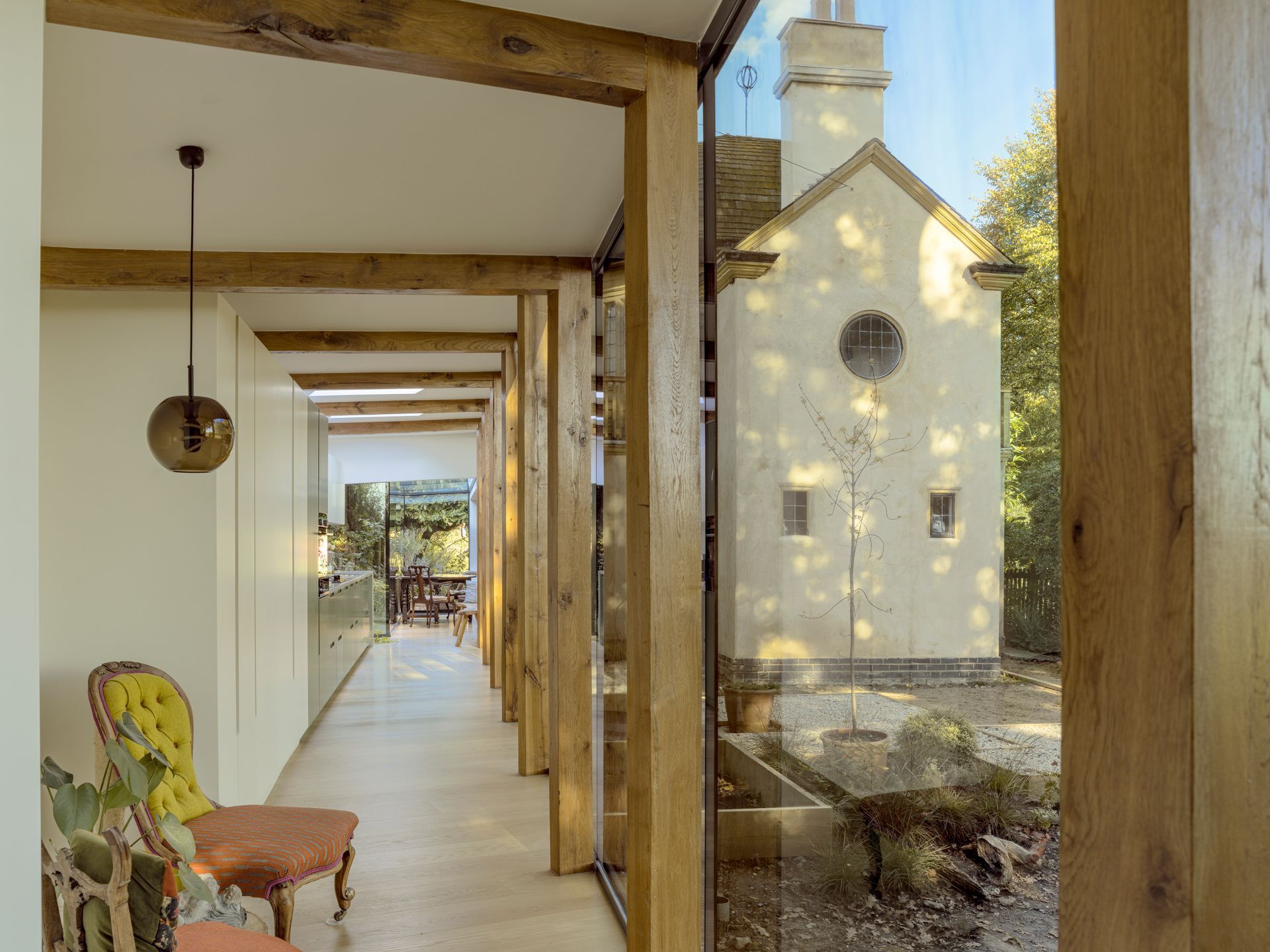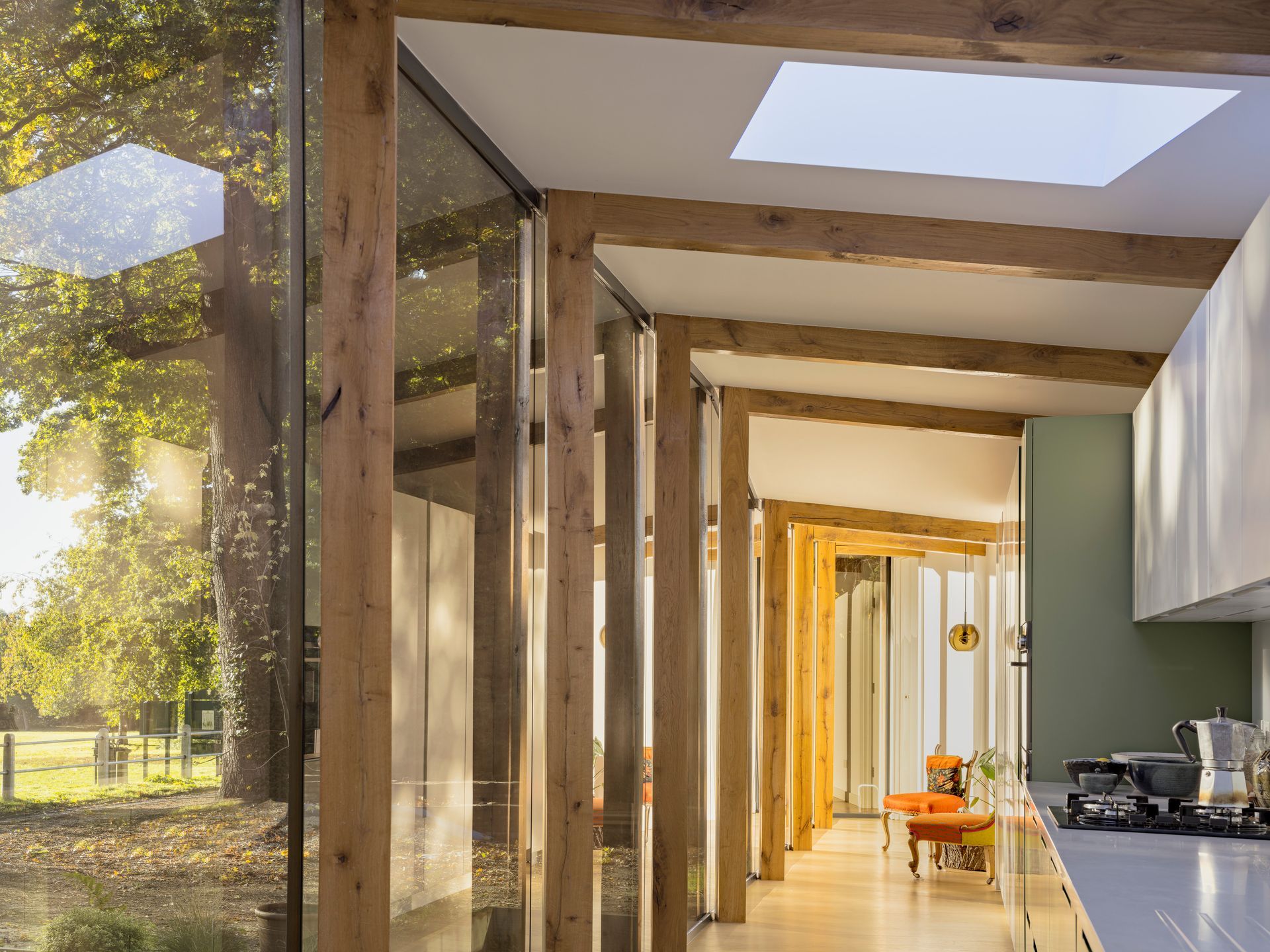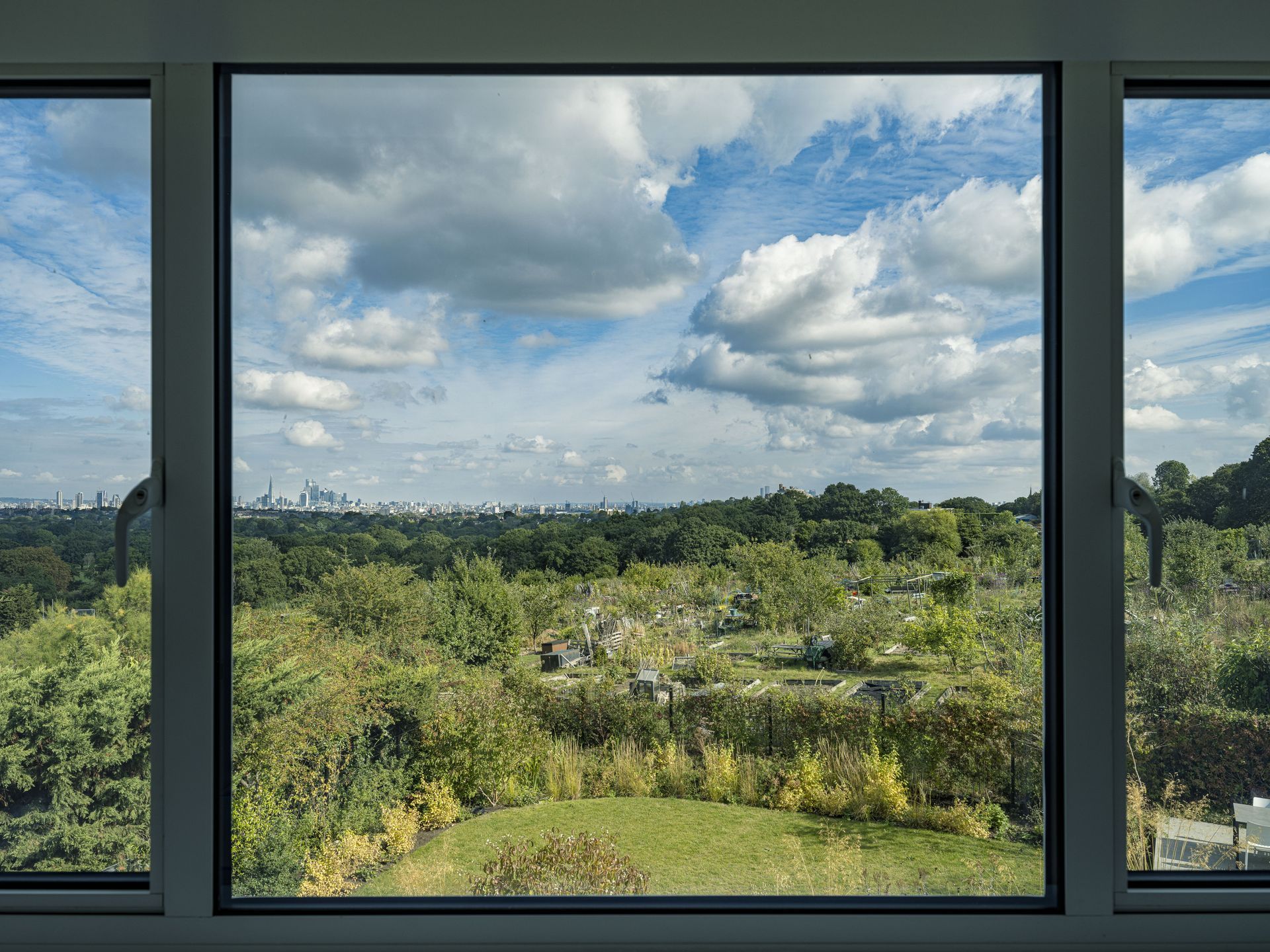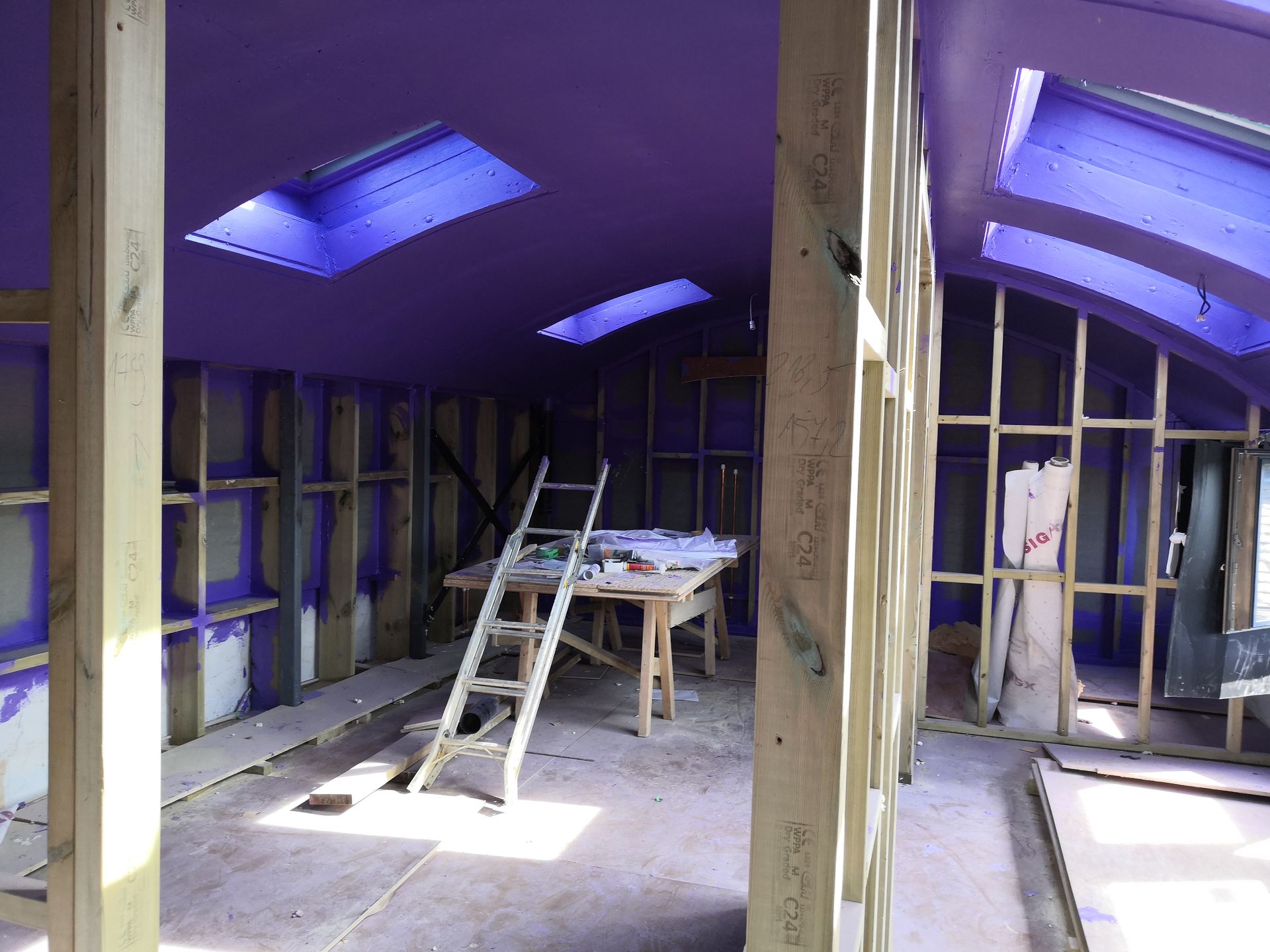The UK lowers VAT on home energy retrofits,
but is it enough?
The UK government recently announced a VAT reduction for home energy retrofits from 20% to 0% for specific energy-efficient home improvements like installing heat pumps, solar panels, and insulation.
This is an excellent step towards achieving the UK government's goal of reaching net-zero carbon emissions by 2050.
But what exactly is a retrofit, and what does this retrofit tax reduction cover? What are the benefits for UK homeowners and businesses? How much does a retrofit cost? And ultimately, is it enough?
These are the questions we'll be exploring in this article to help you understand more about the current green tax incentive, how you can take advantage of it, and why the retrofit route is so important: not just for financial savings but for saving the planet.

What’s the definition of retrofitting?
The definition of a home retrofit is a renovation specifically designed to significantly lower a home's carbon footprint by implementing energy-saving measures that improve your home's thermal efficiency and energy performance rating.
Another term you might come across while researching energy retrofits in the UK is EnerPHit.
What is EnerPHit?
An EnerPHit-certified home renovation is one that attains the highest standards of energy efficiency. If you are familiar with the stringent Passivhaus standards, EnerPHit is a similar standard prescribed for home renovation and extension projects which meet specific energy performance criteria.
While a new build passive homes must not exceed primary energy usage of 15 kilowatt-hours per metre squared per year, an EnerPHit home retrofit must not exceed 25 kilowatt-hours per metre squared per year.
To put these figures into perspective, the average UK home ranges between 160-180 kilowatt-hours per metre squared per year. A retrofit using these energy efficiency measures can drastically reduce your impact on the environment, as well as the cost of running and maintaining your home.
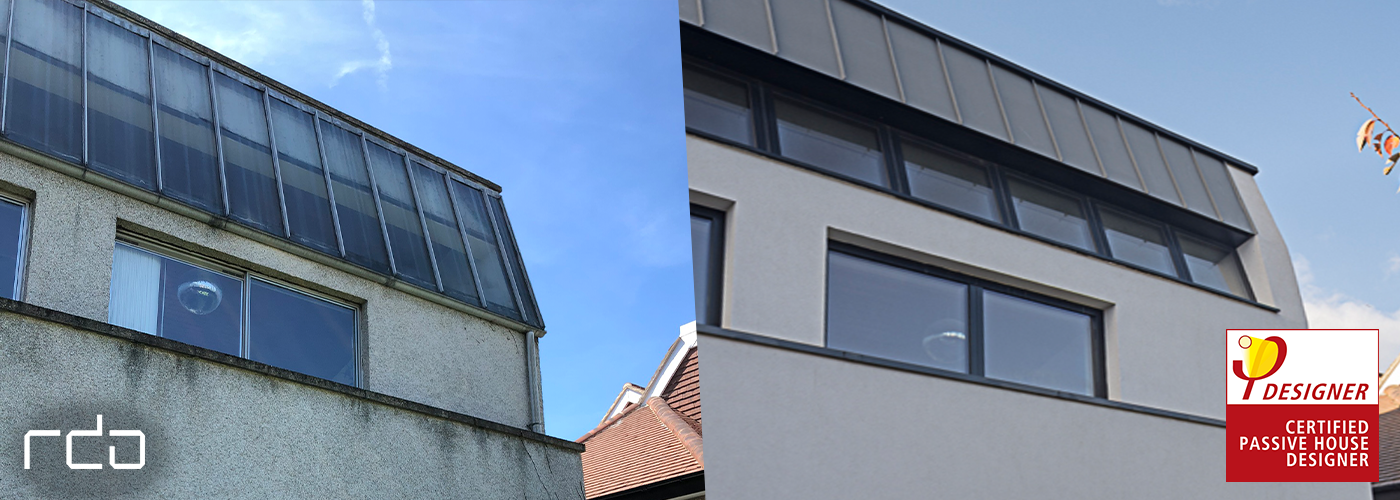
What does the retrofit tax reduction cover?
The UK government has announced potentially significant reductions to the tax rate on specific energy-saving products used on retrofit projects, and for the labour required to install these products as well.
The only catch is that both the products and the installers must be on a government-approved list to qualify for retrofit tax relief.
What retrofit energy-saving measures are eligible for the green tax?
The UK government stated the new green tax is available for the next five years for energy-performance measures classed as "green products," including:
- Draught stripping
- Solar panels
- Heat pumps
- Insulation
- Heating controls
- Combined heat & power systems
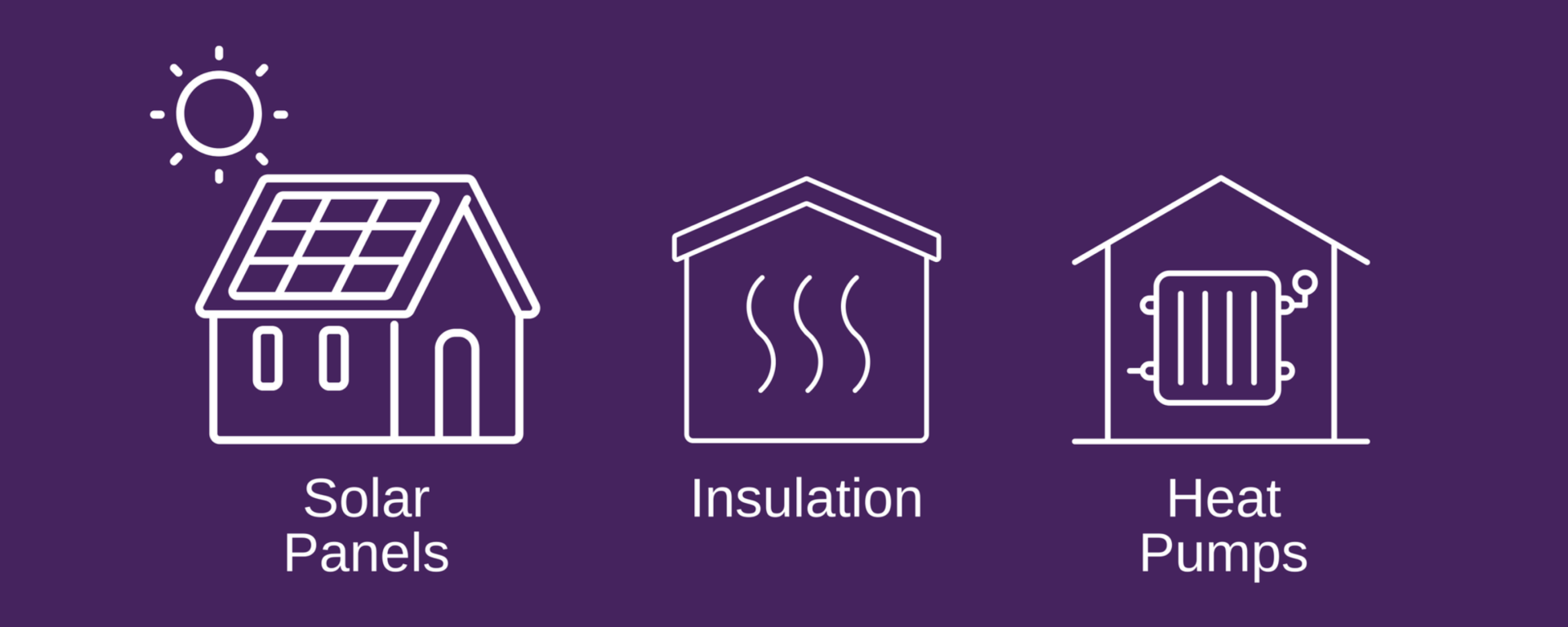
How many homes in the UK need retrofitting?
A recent report by Bankers for Net Zero and the Green Finance Institute estimates that we need to retrofit 29 million homes in the UK to reach net-zero by 2050, considering UK homes equate to a massive 23% of our country's carbon footprint.
To further complicate the matter, many current homes in the UK rate poorly for energy performance ratings, giving the UK some of the lowest energy performance rates in Europe.
Instead of building new, we need to focus on making what we already have more energy-efficient to meet our climate targets.
The 5 top benefits of retrofitting houses for energy performance
Until now, the government has offered few incentives for UK homeowners to upgrade the energy performance of their homes.
But with rising fuel costs and the impending threat of climate disaster, if nothing changes, we expect to see more people taking advantage of the many advantages of energy retrofits. There are clear benefits to pursuing a retrofit of your existing home:
1. Fighting climate change
One of the most prominent and crucial benefits of retrofitting your home is to combat the climate change crisis by reducing your home's carbon footprint. Though we don't believe this single government incentive will be enough, it's a step in the right direction.
2. Increasing your home’s value
Energy-efficient homes are cheaper to run, more comfortable, healthy, and more sustainable, and home buyers are beginning to realise this.
Investing in a retrofit to upgrade your home's energy performance is one of the best ways to improve your home's value should you decide to sell it in the future.
3. Combating fuel costs
Over the past few years, and in the last year especially, we've seen dramatic increases in the cost of fuel, making it more expensive than ever to power and heat UK homes. More and more UK consumers are turning to energy retrofits to reduce their energy bills.
Learn more by reading our recent article "Combating rising fuel costs with energy-efficient Passivhaus design."
4. Future-proofing your home
The government already rewards EV owners with a 0% road tax and penalises those who own vehicles with high carbon emissions.
The truth is, it’s only a matter of time before we start seeing tax penalties for homes that are not energy efficient. Retrofitting your home now will help you avoid or reduce those penalties in the future.
5. Improving your comfort
Home energy retrofits contribute not only to a reduced carbon footprint but to a cleaner, healthier, more comfortable living experience, too.
By keeping your home warm, dry, and gas-free via energy-saving measures, you will minimise pollutants, bad air quality, and mould in your home, which can add up to improved health for you and your family.
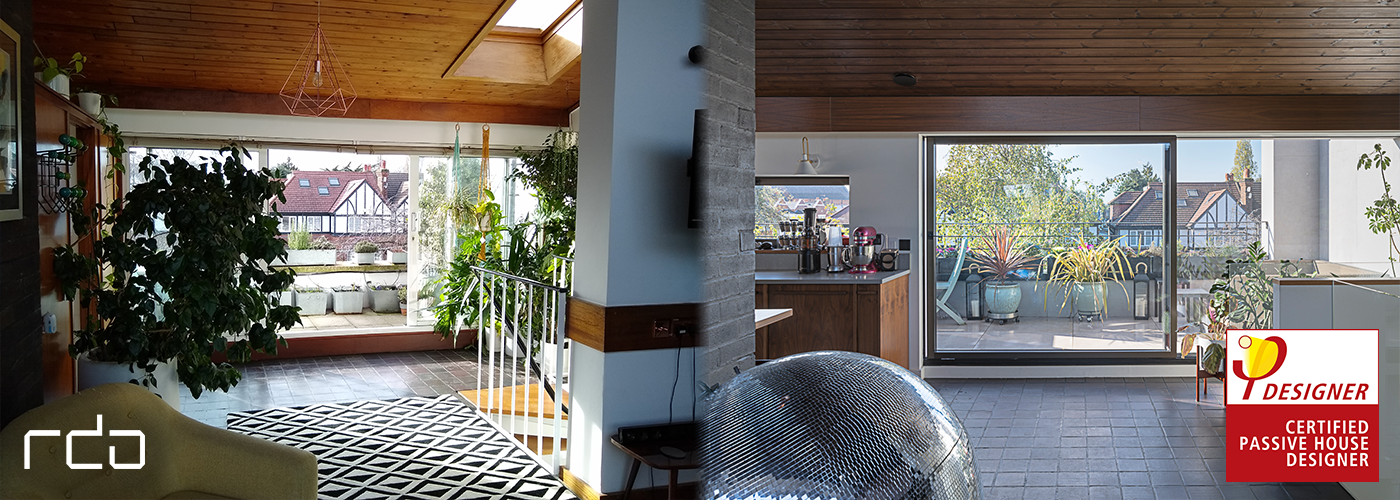
What is involved in retrofitting your home for energy efficiency?
While every architect may approach home retrofitting projects differently, at RDA Architecture & Interiors, our experience tells us that each retrofit project is unique. No two projects are the same and each project must be treated on a case-by-case basis. However, we always start with research.
Research is the key to understanding an existing building’s secrets. Our research process can give us a number of insights about your home and how we can improve its energy usage, for example:
- The history of a building: How old the building is, the plot characteristics, its uses, and how the building has changed over time.
- Environmental characteristics: Design factors that contribute to energy efficiency vs reduce energy efficiency in the original building's makeup.
- Planning laws and regulations: Understanding any restrictions, and assessing what you are legally allowed to augment, add, and remove.
- Embodied carbon analysis: Factoring in the environmental impact and cost of demolishing and building new vs a retrofit of the property.
- Heat mapping: Analysing your home using infrared cameras to identify and reduce areas of heat loss in the building envelope.
What happens if our research proves your property isn't a worthy candidate for energy retrofitting? In such a case, we may recommend a new build based on Passivhaus standards. We can even look for opportunities to reduce the carbon footprint of your new building by reusing materials from your current home.
However, if your home is deemed a good candidate for retrofitting, our architecture team will create a detailed brief for the retrofit, outlining all design changes, energy-saving measures, budgets, and estimated energy performance results. Once approved, we'll oversee construction with approved installers.
Want an energy retrofit but not sure where to begin?
If you are not convinced that you are ready for a retrofit or rebuild project just yet, there are many ways you can start improving energy performance. Below we have outlined several improvements to consider for your home, whether you move forward with a retrofit or not:
MVHR units: Preventing heat loss is one of the best ways to retrofit your home. Mechanical ventilation and heat recovery units significantly improve energy efficiency by recirculating the heat from the air and preventing almost all of your home's heat loss. This should be your first consideration, as it’s usually more complicated and requires a deeper retrofit.
Insulation: Insulation is one of the most impactful and vital improvements you can take to make your home more sustainable. It's always best to add insulation to externally facing surfaces, which helps your insulation layer to act as a blanket around your home. Take care that you allow the water moisture to pass through and consider combustibility.
Window glazing: If you have single-glazed windows, consider upgrading them to triple-glazed. When installed properly, these modern windows can help eliminate draughts, a key source of heat loss. When combined with properly framed and fitted doors in your home, these windows can contribute to a virtually draught-proof home.
Please note: If you plan to use an MVHR unit, do not use trickle vents in your windows.
Solar panels: Solar panels are one of the most effective ways to heat, cool, and power your home, using nothing more than the energy of the sun. By installing solar panels, you'll be less reliant on traditional forms of energy, which contribute to global carbon emissions. They can also transfer power directly to your hot water tank, car, or for selling back to the grid.
Heat pumps: Eliminating gas significantly reduces your carbon footprint, making heat pumps a great way to improve your home's energy rating as they are around three times more energy-efficient than a gas boiler.
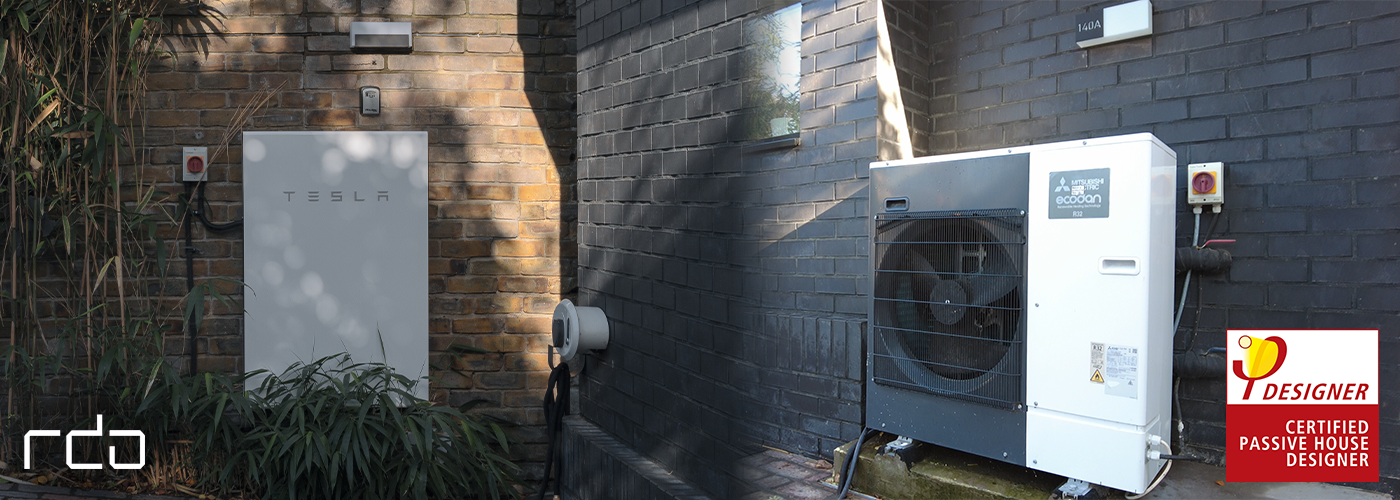
How much does it cost to retrofit a house in the UK?
Though costs can vary greatly depending on the complexity of your home's energy retrofit project, and the size of your home, in our experience, energy retrofits cost between £800 - £1,000 per square metre plus VAT.
While you'll spend much of your budget on the products themselves, most of your costs will come down to labour, as you'll need specialists trained in sustainable home construction to complete your work.
However, over time the savings you'll earn from reducing your energy bills will greatly outweigh the cost of your retrofit and contribute to zero-carbon targets, all while enjoying a beautiful remodelled home with the RDA touch.
The VAT reductions are fantastic, but they're not enough
To reach our net-zero target and make better headway in the fight against climate change, the UK government needs to take much more drastic and widespread measures to increase the appeal, affordability, and viability of home energy retrofits.
We need a national retrofit strategy on a large scale to experience the surge in consumer buy-in that we need.
We'll only see a retrofit energisation with better incentives for property owners, like reduced interest rates on loans to retrofit a home, tax relief for landlords who want to upgrade their properties, and a greater degree of help, support, and architectural advice for the UK public.
Let RDA Architects guide your retrofit journey to a more sustainable future
Though we've been designing certified Passivhaus homes and buildings since 2010, we've been working at the leading edge of sustainable home design since 1996.
At that time, Richard Dudzicki established RDA to change people's perception of what a home could be, and to prove that energy efficiency and stunning architectural design can go hand in hand.
If you're interested in energy-efficient architectural design for your new or existing home and you want to learn more about our sustainable residential architecture and interior design services, consider scheduling a free
Ask the Expert
call with Richard, or exploring our site for more information about our services.
The team at RDA Architecture & Interiors is a forward-thinking, industry-leading group of design professionals dedicated to our “Design First, Science Next” approach of creating beautifully responsible homes in the UK. Our goal is to make Passivhaus and EnerPhit the standards, rather than the exceptions, when it comes to designing beautifully modern homes that are healthier for you, your family, and our environment.
